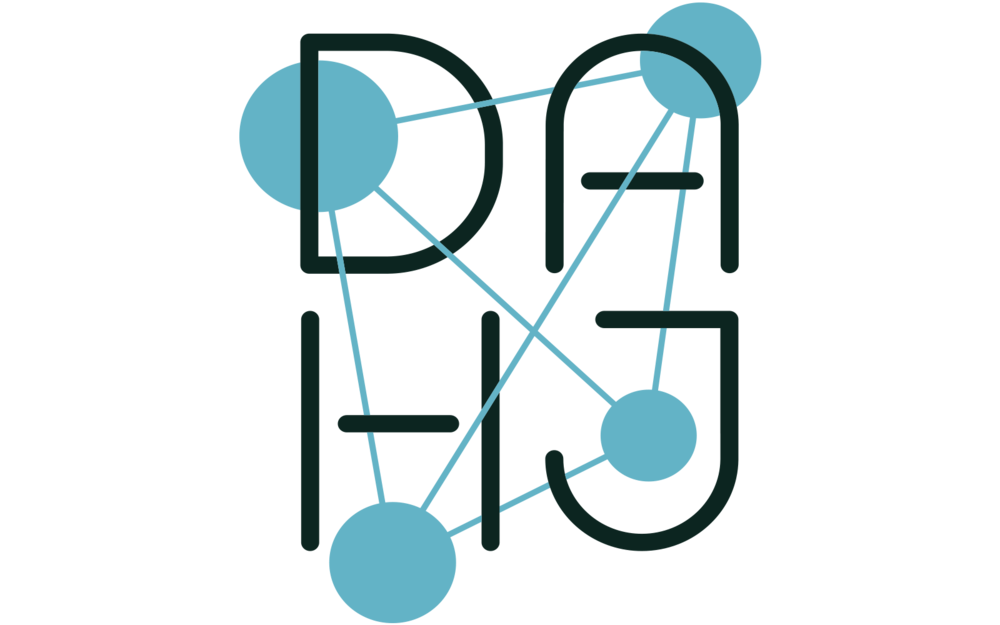Abstract
The digital age has revolutionized many spheres of the modern world:
society as a whole, the economy as well as our private lives. Financial transactions happen in real time, global communication via the Internet is available free of charge, and the smartphone is our ubiquitous companion. Moreover, the natural sciences have enjoyed tremendous success from using new technology. The vast amount of data contained within the human genome could only be unlocked with the help of computers. And Big Data Analysis has turned into a new method for discovering otherwise hidden structures. None of that has gone unnoticed in the Humanities. For decades now, the socalled digital humanities have striven to use algorithms to attain their objectives. Robert Busa started with his machine- generated concordance back in 1951, and text mining has since developed into an established method in literary studies. And art history?
DOI: https://doi.org/10.11588/dah.2015.1.21635
Authors
Harald Klinke
is co-founder and editor of DAHJ. He is Assistant Professor at the LMU Munich and responsible for the Ph.D. program "Digital Art History". He holds a Ph.D. in Art History and a Master in Business Informatics and has been a Visiting Scholar at Columbia University and researcher at Volkswagen.
Liska Surkemper
is co-founder and editor of DAHJ. Previously, she has worked as Research Assistant in Architectural and Cultural Theory at the TUM Munich from 2014 to 2017. From 2010 until 2014 she coordinated a digital humanities project at the University of Arts and Design Karlsruhe, funded by the German Federal Ministry of Education and Research (BMBF).

